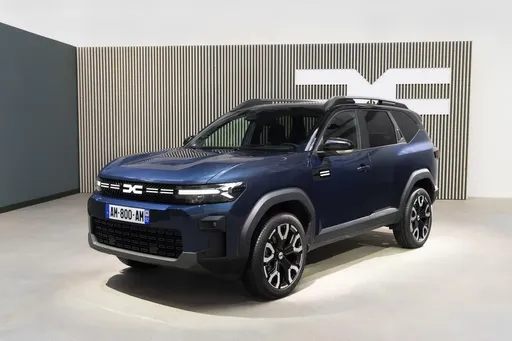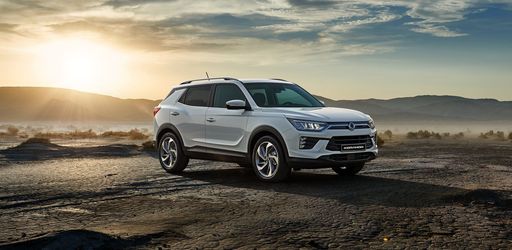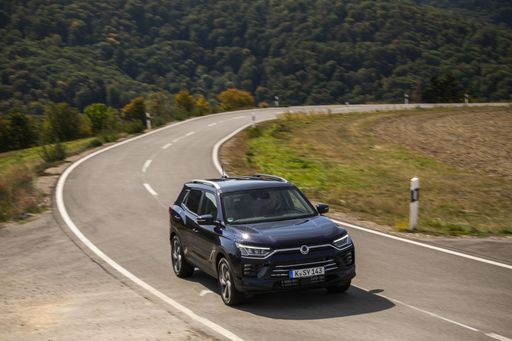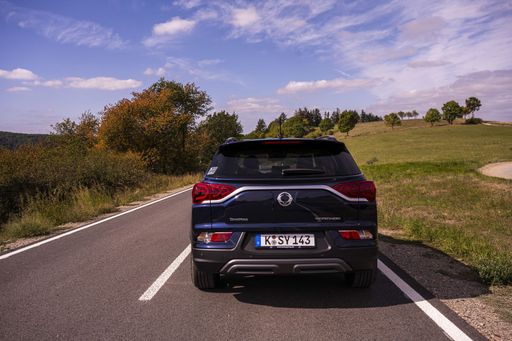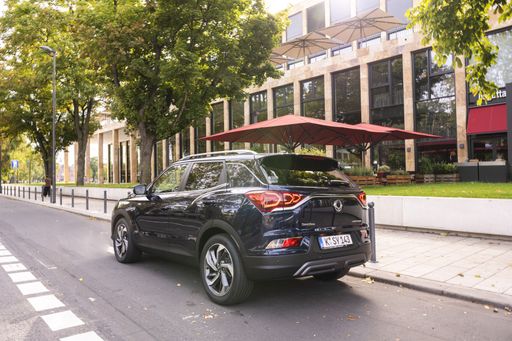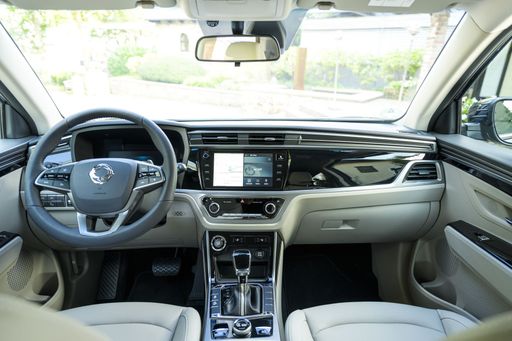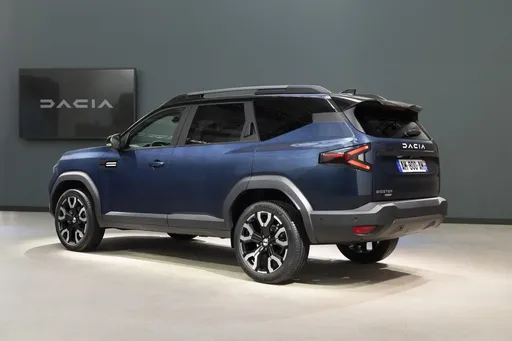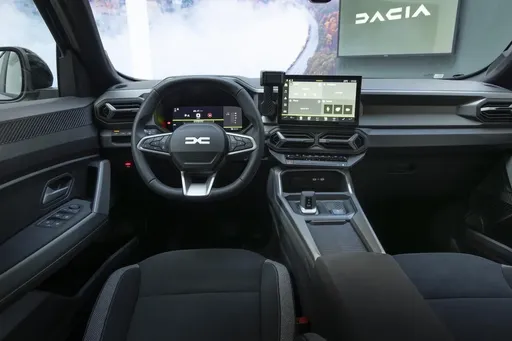Introduction: The Battle of the SUVs
When it comes to selecting a robust and reliable SUV, the market offers an abundance of choices. In this assessment, we dive into a comparative analysis between two noteworthy contenders: the SsangYong Korando and the Dacia Bigster. Both SUVs boast impressive specifications, cutting-edge technology, and a commitment to comfort and performance. Yet, they each bring their own unique flair and functionality.

